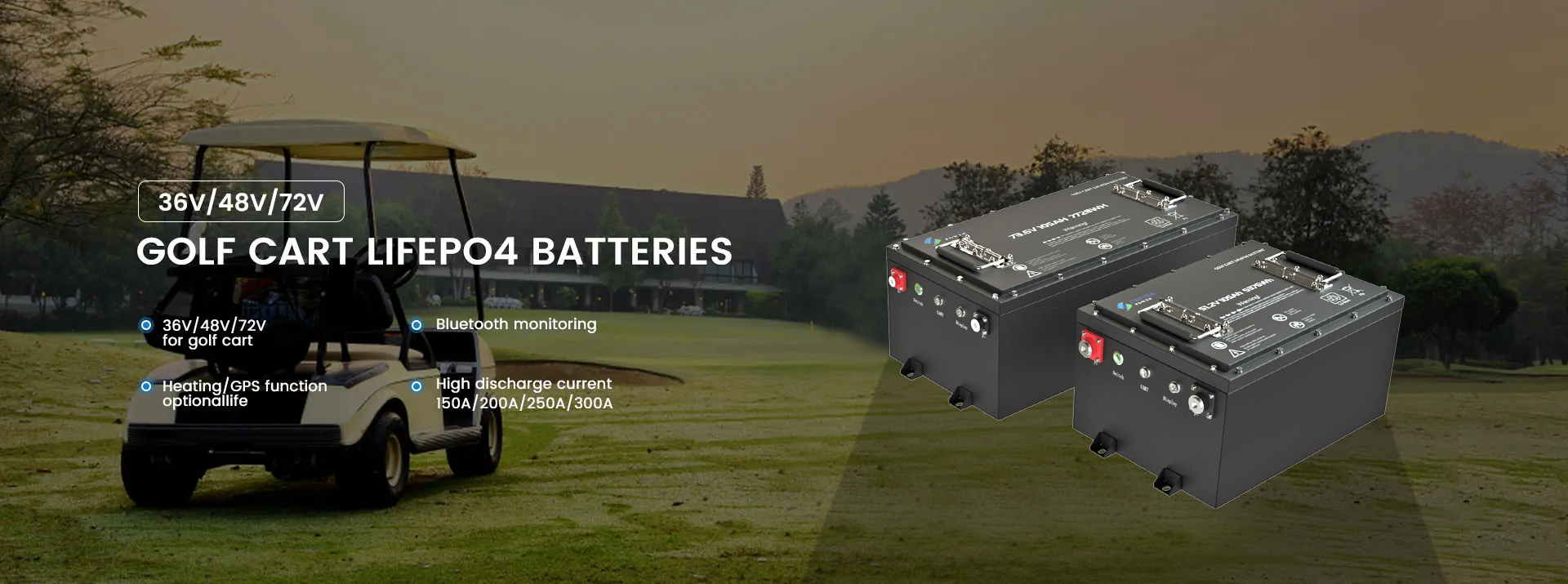Boat batteries are crucial for powering different electrical systems on a boat, including starting the engine and running accessories like lights, radios, and trolling motors. Here's how they work and the types you might encounter:
1. Types of Boat Batteries
- Starting (Cranking) Batteries: Designed to deliver a burst of power to start the boat’s engine. These batteries have many thin plates for a quick release of energy.
- Deep-Cycle Batteries: Designed for continuous power over a long period, deep-cycle batteries power electronics, trolling motors, and other accessories. They can be discharged and recharged multiple times.
- Dual-Purpose Batteries: These combine features of both starting and deep-cycle batteries. While not as specialized, they can handle both tasks.
2. Battery Chemistry
- Lead-Acid Wet Cell (Flooded): Traditional boat batteries that use a mixture of water and sulfuric acid to produce electricity. These are inexpensive but require regular maintenance, such as checking and refilling water levels.
- Absorbed Glass Mat (AGM): Sealed lead-acid batteries that are maintenance-free. They provide good power and longevity, with the added benefit of being spill-proof.
- Lithium-Ion (LiFePO4): The most advanced option, offering longer life cycles, faster charging, and greater energy efficiency. LiFePO4 batteries are lighter but more expensive.
3. How Boat Batteries Work
Boat batteries work by storing chemical energy and converting it into electrical energy. Here’s a breakdown of how they function for different purposes:
For Starting the Engine (Cranking Battery)
- When you turn the key to start the engine, the starting battery delivers a high surge of electrical current.
- The engine’s alternator recharges the battery once the engine is running.
For Running Accessories (Deep-Cycle Battery)
- When you're using electronic accessories like lights, GPS systems, or trolling motors, deep-cycle batteries provide a steady, continuous flow of power.
- These batteries can be deeply discharged and recharged multiple times without damage.
Electrical Process
- Electrochemical Reaction: When connected to a load, the battery's internal chemical reaction releases electrons, producing a flow of electricity. This is what powers your boat’s systems.
- In lead-acid batteries, lead plates react with sulfuric acid. In lithium-ion batteries, ions move between electrodes to generate power.
4. Charging the Battery
- Alternator Charging: When the engine is running, the alternator generates electricity that recharges the starting battery. It can also charge the deep-cycle battery if your boat’s electrical system is designed for dual-battery setups.
- Onshore Charging: When docked, you can use an external battery charger to recharge the batteries. Smart chargers can automatically switch between charging modes to prolong battery life.
5. Battery Configurations
- Single Battery: Smaller boats might only use one battery to handle both starting and accessory power. In such cases, you may use a dual-purpose battery.
- Dual Battery Setup: Many boats use two batteries: one for starting the engine and the other for deep-cycle use. A battery switch allows you to choose which battery is used at any time or to combine them in emergencies.
6. Battery Switches and Isolators
- A battery switch allows you to select which battery is being used or charged.
- A battery isolator ensures that the starting battery remains charged while allowing the deep-cycle battery to be used for accessories, preventing one battery from draining the other.
7. Battery Maintenance
- Lead-acid batteries require regular maintenance like checking water levels and cleaning terminals.
- Lithium-ion and AGM batteries are maintenance-free but need proper charging to maximize their lifespan.
Boat batteries are essential for smooth operation on the water, ensuring reliable engine starts and uninterrupted power for all onboard systems.

Post time: Sep-23-2024





